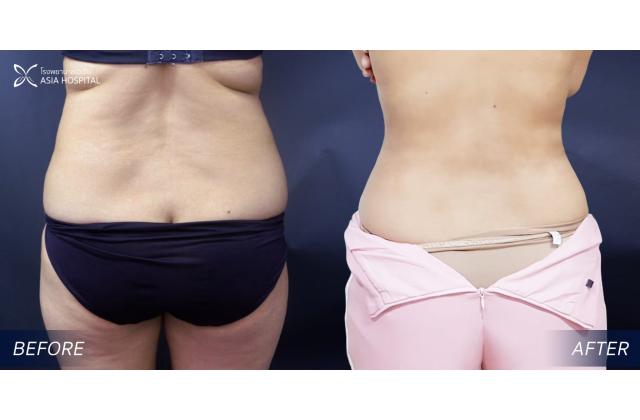
What is Liposuction? Liposuction, also known as lipoplasty or fat modeling, is a surgical procedure aimed at removing excess fat from specific areas of the body. During the procedure, the surgeon suctions out excess fat after loosening fat cells in the targeted area. Common areas for liposuction include the abdomen, upper arms, thighs, neck, and cheeks. Liposuction is often performed alongside other procedures like breast augmentation. Different techniques may be used based on the patients needs and the amount of fat to be removed. The procedure typically offers permanent results, although maintaining a healthy lifestyle post-operation is crucial for preserving the new body contour. A Good Candidate for Liposuction Ideal candidates for liposuction are those who struggle to lose fat through diet and exercise alone. Candidates should be in good general health and within a certain weight range. Elastic skin that can adjust to the bodys new shape post-surgery is advantageous. However, individuals with diabetes, heart problems, or other health issues may not be suitable candidates due to increased risks of complications. Liposuction Surgery During the surgery, the surgeon applies a wet solution to the targeted area to minimize blood loss. The patient is placed under general anesthesia, although local anesthesia is an option. Using a cannula connected to a suctioning device, the surgeon removes fat from the body. The duration of the procedure varies depending on the amount of fat removed and the area treated. Preparing for Liposuction Preparation includes discussions with the surgeon about anatomy, medical history, and potential techniques. Patients may need to stop certain medications that thin the blood and abstain from smoking before surgery. Preoperative instructions are provided, including dietary restrictions and planning for postoperative care and recovery. Operation Time and Care After Surgery The liposuction procedure typically takes between 30 minutes to five hours, depending on factors such as the amount of fat removed and the area treated. Post-surgery care involves taking prescribed medications, avoiding strenuous activities, and using cold packs to reduce swelling and bruising. Recovery time varies but generally involves several weeks of limited activity. Risks and Side Effects of Liposuction In every operation, patient should be aware of the risks and side effects. With liposuction complications are very rare. Complications differ from different liposuction techniques. Make sure that you know all the risks and side effects before proceeding with the operation. Discuss with your surgeon on what are these side effects you may encounter during liposuction recovery. In broader idea, the greater the fat removed means the higher risks of complications may happen but that’s not always the case. The following list below is the common side effects of liposuction. Infection can occur after operation but can be prevented using medications. Nerve damage is one of the rarest complications after the operation. Skin necrosis is a form of cell injury that results in the premature death of cells. Fluid imbalance is common to retain large amounts of fluid for several days after surgery that causes swelling of the body area affected. Anesthesia reactions like allergies, headache and nausea. Seizure is the rarest side effect of liposuction but it can happen sometimes. Bleeding . Bruising and scarring. Dissatisfaction with results due to imperfect procedure targets. Skin irregularities like wrinkling and dimpling of the skin. Contour irregularities because liposuction is not always precise as what patient’s own desire. But the list above is just a common risk. In general, liposuction is safe and reliable treatment. Just pick the best surgeon that will suit your needs. Get the more experienced one for your own security.
Our Packages & Services
Our Doctors
Dr. Tanongsak Panyayvirulroj, Plastic Surgeon ( Member of American Society of Bariatric Plastic Surgeons (ASBPS)
General Surgery, Micro-vascular Surgery, Plastic Surgery, AO Maxillo-facial Surgery, Craniofacial Su
Plastic Surgeon ( Member of American Society of Bariatric Plastic Surgeons (ASBPS)

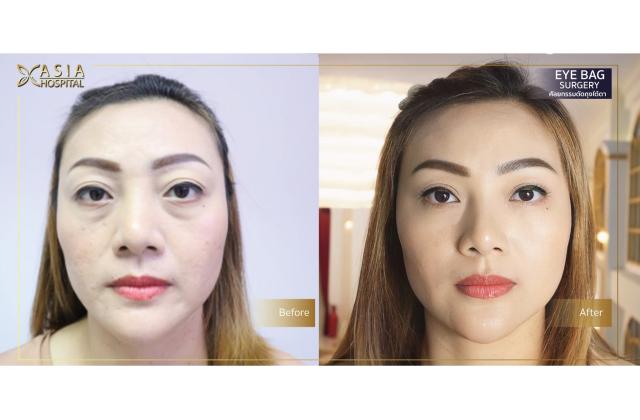

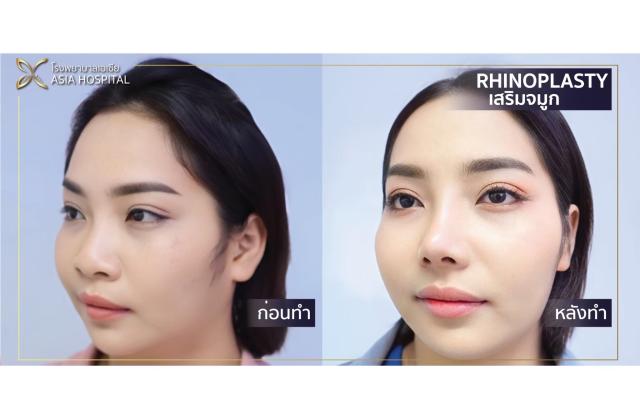
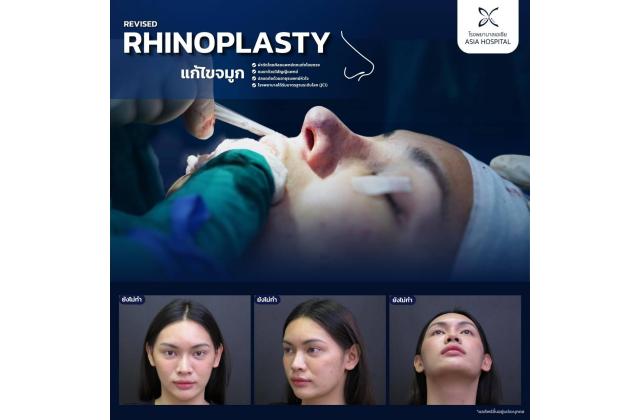


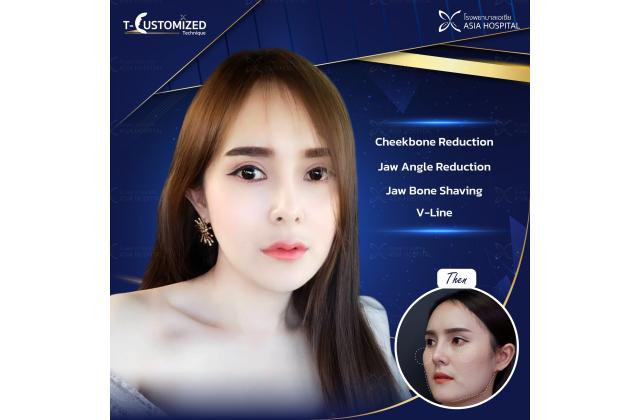

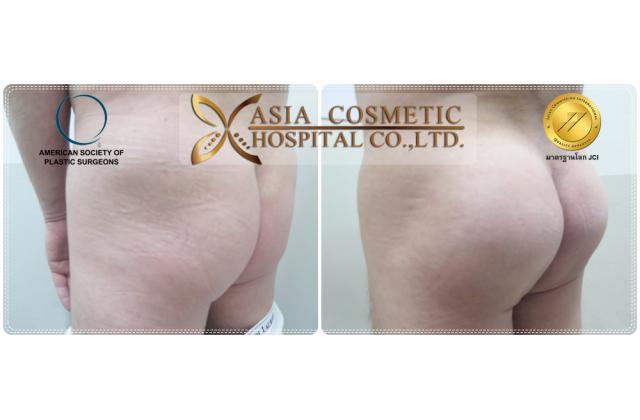
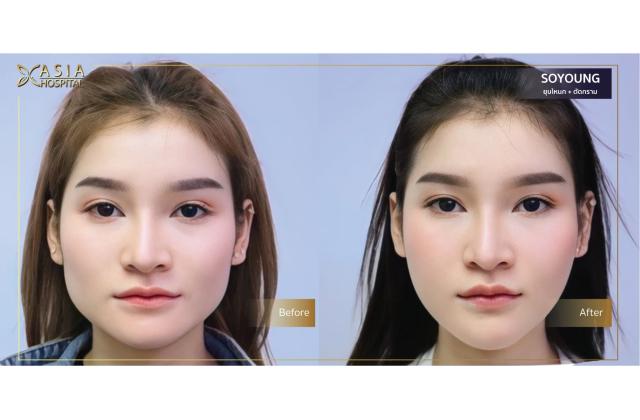
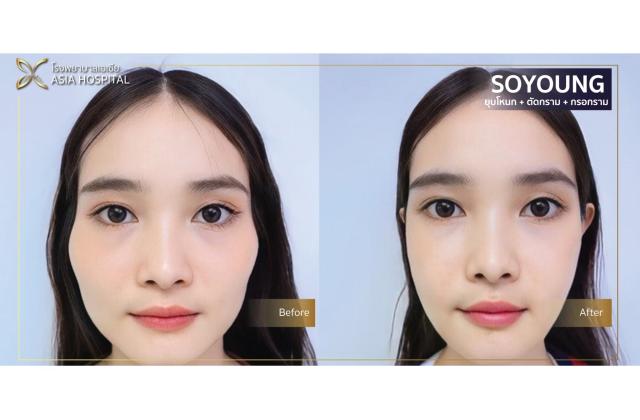
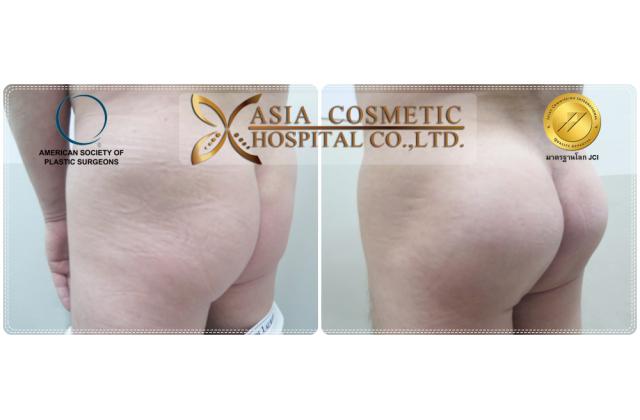
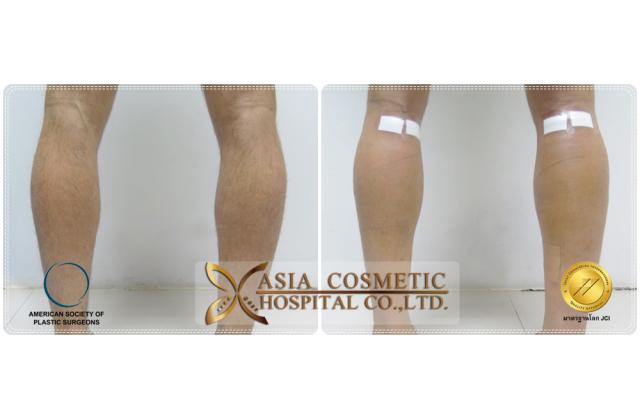


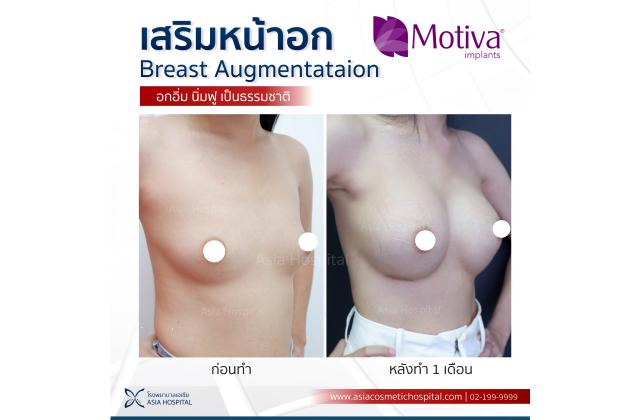
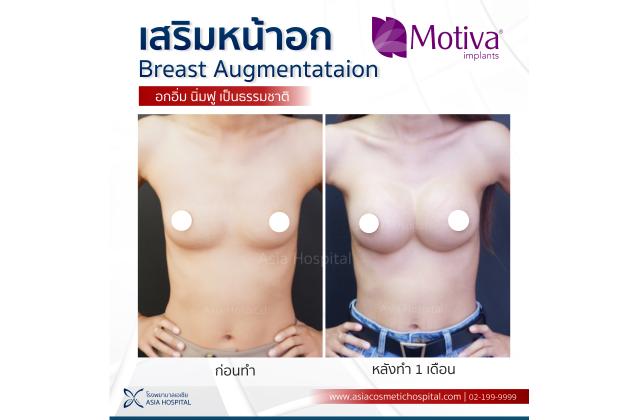
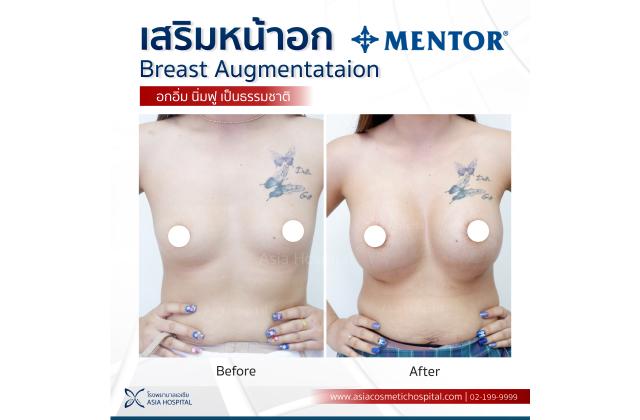
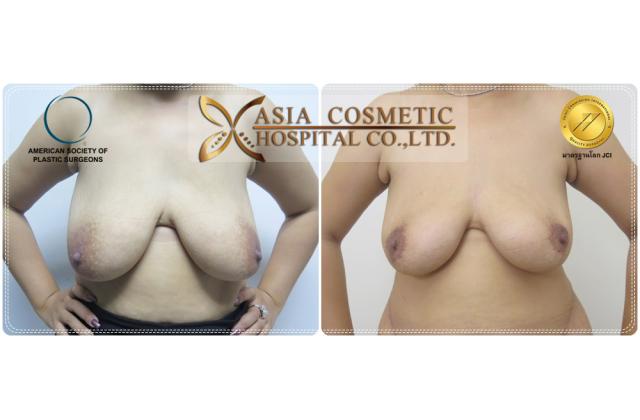

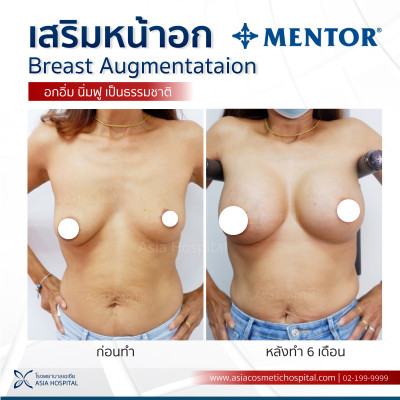
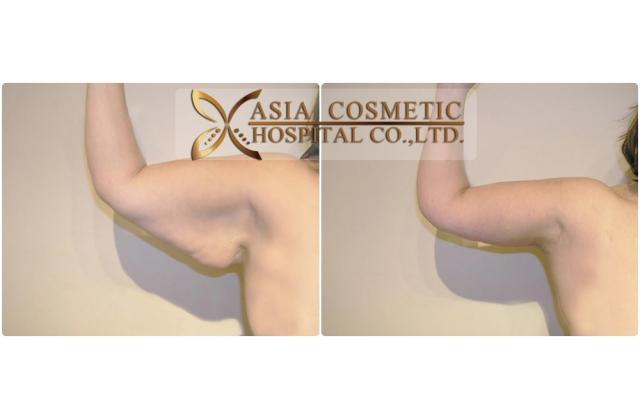
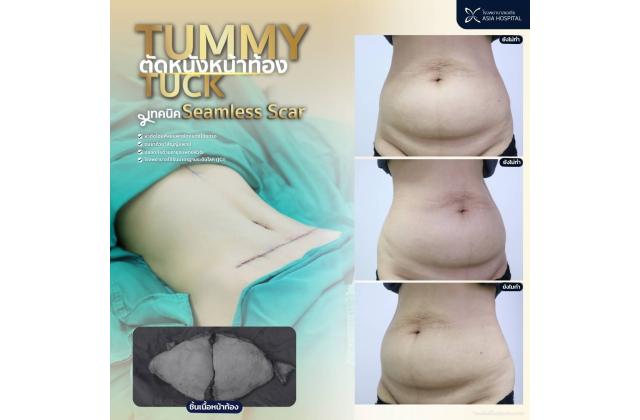


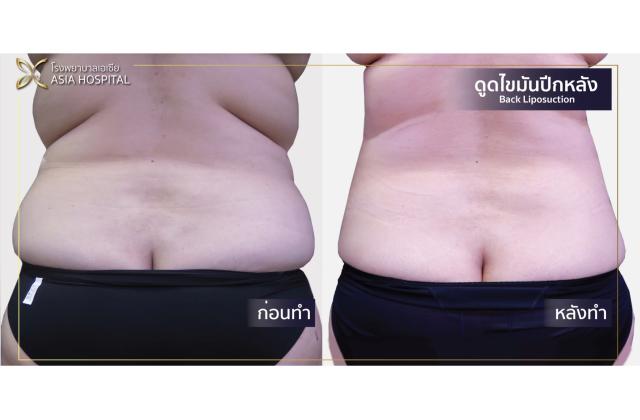
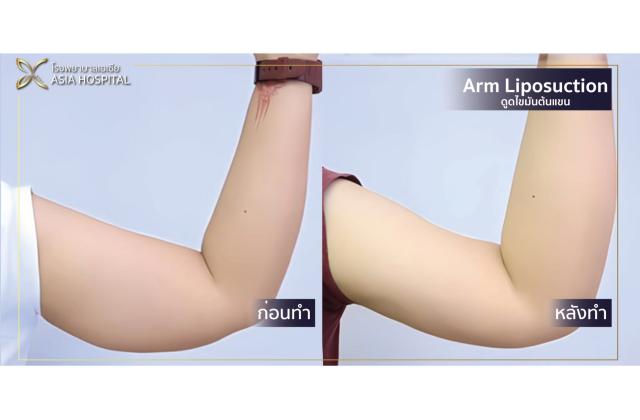
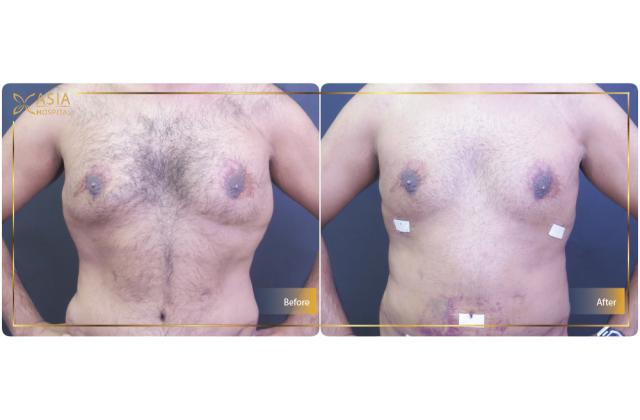
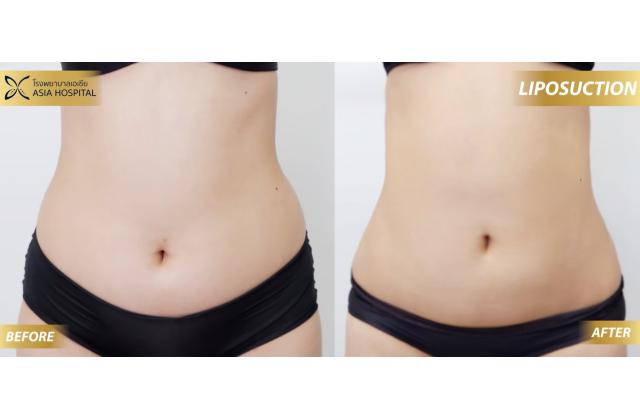







1.jpg)

.jpg)

.jpg)
.jpg)
.jpg)
.jpg)

